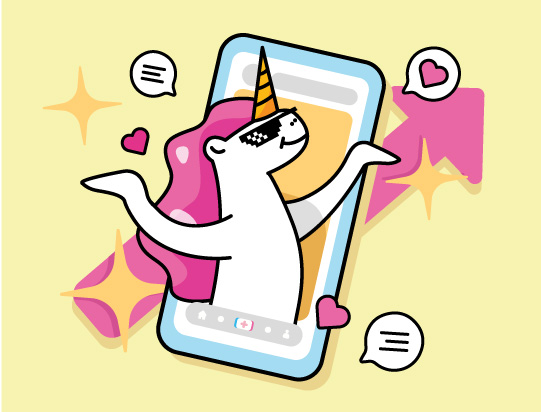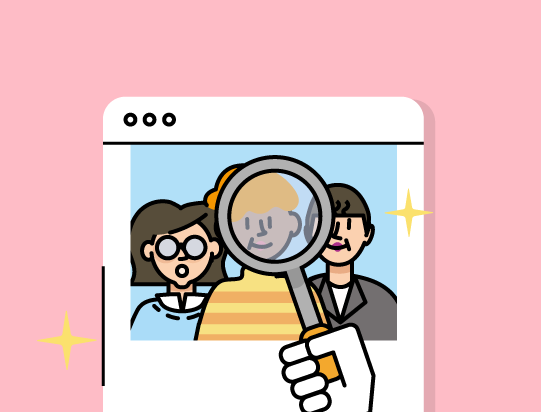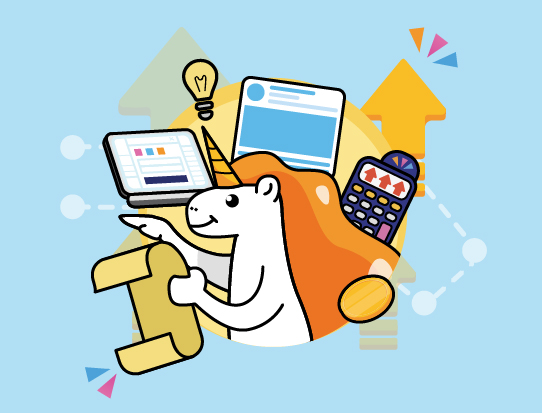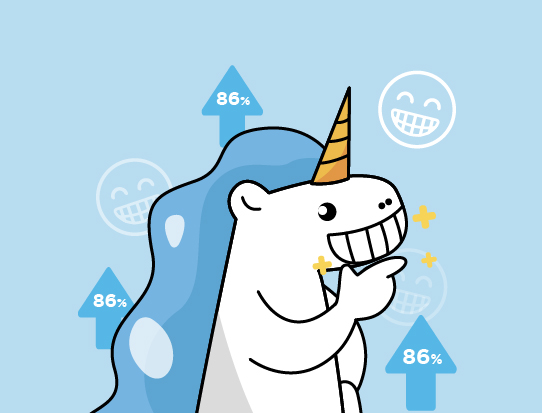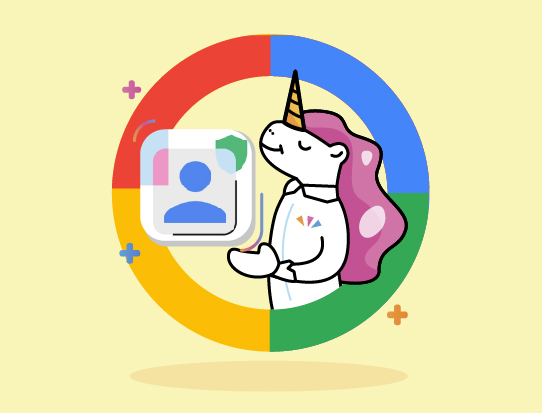Did you know that the marketing funnel is the most common way to map out a business’s customer journey? It is a powerful tool for understanding customer behavior. It’s also one of the simplest ways to get an overview of how your customers are engaging with your brand. But marketers and business owners often don’t know how to use them effectively. Or they ignore the importance of marketing funnels when evaluating their company’s performance.
A marketing funnel is an analogy that helps marketers visualize the journey from awareness to conversion. It’s a simple concept, but it can be hard to put into practice because success in digital marketing requires attention to every step of the process. You might be familiar with this concept if you’ve seen a sales funnel diagram. As someone moves along this path, they go through various stages until they make a purchase or abandon their interest altogether.
Let’s take a closer look at what each stage of your marketing funnel means.
But first, what are Marketing Funnels?
A marketing funnel is simply a framework that marketers use to track different stages in their customer journey. The idea is that at each marketing funnel stage, only about 10% of people will go on to the next stage. Therefore, it’s important for marketers to not just focus on getting new customers, but also to retain existing ones.
A marketing funnel is a process that shows how potential customers progress from initial interest to purchase. It can be used by any type of company, no matter the size or product. The funnel begins with awareness and ends with conversion. When you use a marketing funnel, it will help you understand your customer’s needs in order to make them happy and generate more revenue for your business!
Why are the Marketing Funnels Important for Your Business?
With a marketing funnel, you can generate and filter out the qualified leads from the unqualified ones. With funnels, your customer journey is simplified and will be easier for you to implement. Therefore, you will be able to analyze what happens in each stage of the customer journey. You will be able to identify what strategies to use to help keep the prospects moving down the funnel.
If you’re planning to do ads on Facebook, Instagram, Linkedin, or Google, you will find the stages in the marketing funnel as options for your campaign objectives.
Stages of the Marketing Funnel
There are a lot of marketing funnel variations out there. You may find a funnel with 7 stages, 5 stages, or as simple as 3 stages. In this introduction blog post, we will discuss the 3 main stages: awareness, consideration, and purchase.
1. Awareness – Top of Funnel (TOFU)
The marketing funnels begin with awareness, the stage where a potential customer comes across your brand and starts to become aware of your product and service offerings. In this stage, prospects may have initially heard about you through advertising or word of mouth. There might also be prospects who didn’t know your business/brand exists at all. From there, you can start your marketing strategy in order for your business/brand to have more recognition within your target audience.
Example: You just started a bakery shop. Other than your friends and family, no one knows your business. You want to raise awareness within your local area and gain new customers. After researching your area, you find out that people 30-60 years old are more interested in artisan bakeries. Hence, you start doing Facebook Ads to introduce your bakery and also put this information in the ads: location, opening hours, social media accounts.
2. Consideration – Middle of Funnel (MOFU)
The consideration stage is when a potential customer starts to look for more information about your company. They want to know more about who you are and more about the products or services you offer. Potential customers at this stage are considering whether to purchase your product/service or not. What you need to keep in mind is your potential customer is probably considering other brands as well. So in this stage, your objective is to convince your potential customer that your business can provide what they need.
Example: Your business is selling furniture that is easy to assemble and perfect for young generations. After knowing your target audience and where they are most active, you start creating more content on those channels. Such as Instagram, Tiktok, and Twitter. Most of your business content should be about your product, like how easy it is to assemble DIY furniture and all the great features that come with it. Educational content can be prominent in this stage to teach your potential customers about your product.
3. Purchase/Conversion- Bottom of Funnel (BOFU)
The purchase (or conversion) stage is where prospects have been aware of your brand for quite some time already. They have already interacted with your brand in some way, and they are very close to deciding on making a purchase. They are almost convinced that your business is the right answer to their problem/need. All you need to do is give them a final push—a strong enough push for your potential customer to purchase. Here are some of the examples that might be relevant for your business:
- Create urgency. Gently remind them if your product will be sold out or out of stock soon.
- Make sure the whole buying process for your customer is smooth and easy. A bad experience can easily change their mind and ultimately lead to their decision not to purchase.
- Offer a discount to persuade potential customers to buy.
Example: Your business is selling sportswear and planning to have a seasonal sale soon. In your website, social media, and/or ads, you can emphasize that the sale will only be available for the next 3 days. This will create urgency and grab people’s attention. With this, your potential customers might consider buying your sportswear compared to other brands because of the urgency you created.
You can read more about conversion tracking in this blog article.
Final Thought
The marketing funnel is an important concept to understand when you’re first getting started in digital marketing. You need to understand your customers and their journey before you start creating marketing campaigns by using a marketing funnel.
We hope that this will help you understand how to best apply these principles in order to improve your marketing strategy. If you have any questions about anything we discussed, feel free to reach out!
Visit kaliber.asia to contact us today if you need help implementing these strategies at your




